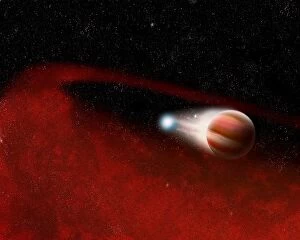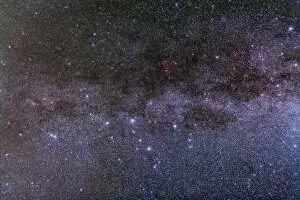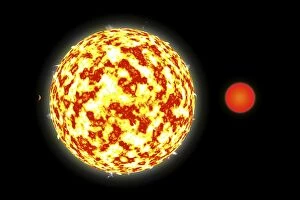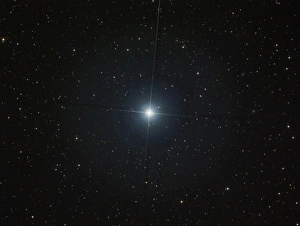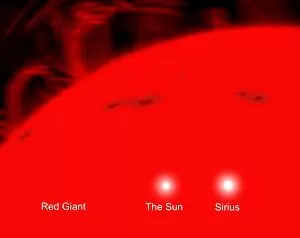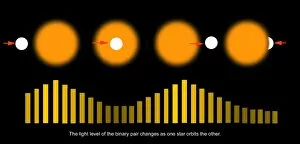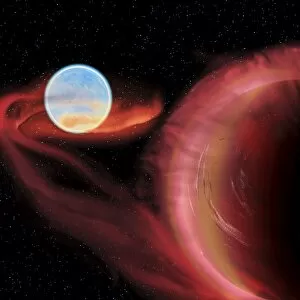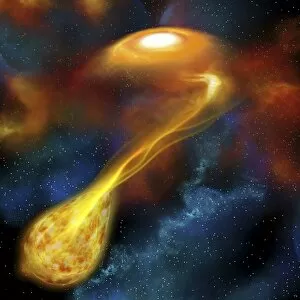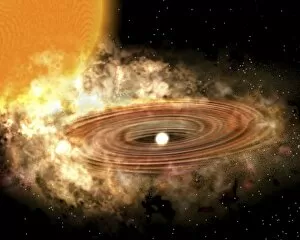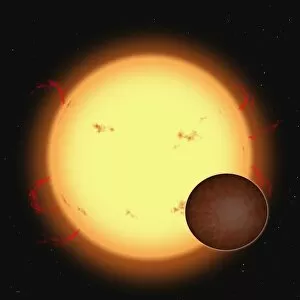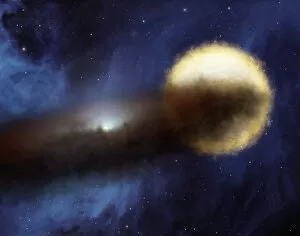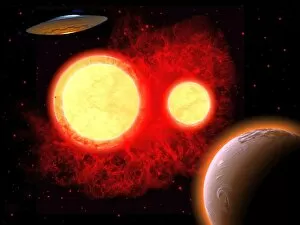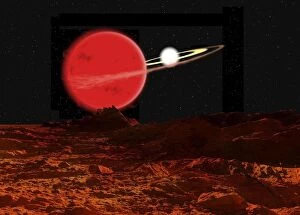Binary Systems Collection
"Exploring the Wonders of Binary Systems: From Eclipses to Exoplanets" The bright star Rigel eclipsed by a moon of a hypothetical planet
All Professionally Made to Order for Quick Shipping
"Exploring the Wonders of Binary Systems: From Eclipses to Exoplanets" The bright star Rigel eclipsed by a moon of a hypothetical planet. Unveiling the mysteries of Grey Aliens from the Zeta Reticuli binary star system. A debris disk around an unusual class of interacting binary stars, hinting at celestial chaos. Nebulosity in Cassiopeia showcasing NGC 7822 and IC 1805, painting cosmic artistry across the sky. An artist's depiction reveals a mesmerizing dance between two stars and their close orbiting planet. Messier 53, a captivating globular cluster residing in the Coma Berenices constellation. Witnessing a red giant star gracefully orbiting a black hole, defying gravitational forces with elegance. Nebulosity in constellations Cassiopeia and Cepheus unveils ethereal beauty amidst stellar realms. Comparing our sun and Sirius to a red giant, highlighting both similarities and vast differences in size and luminosity. An artist's illustration captures the enigmatic Cygnus X-1 system, shrouded in cosmic intrigue. Exploring exoplanets through innovative discovery techniques - unlocking distant worlds beyond our solar system's reach An artist's concept beautifully portrays the intricate dynamics within a binary star system - where two stars share an eternal embrace. Embark on this celestial journey as we delve into fascinating phenomena found within binary systems - from breathtaking eclipses to extraterrestrial possibilities.



